Test your knowledge of AWS SAA-C02 exam topics with these ten questions!We offer correct answers and explanations for your better understanding. This free practice quiz includes real AWS SAA-C02 exam questions that you will face on the real SAA-C02 exam. Take the AWS SAA-C02 practice test on SPOTO exam dumps and study AWS SAA-C02 exam questions anywhere, anytime. Do the quiz now!
| Categories | Exam Code | Pass Exam Dumps |
|---|---|---|
| AWS | DVA-C01/Associate | |
| CLF-C01/Cloud Practitioner | ||
| SAA-C02//Associate | ||
| SOA-C01/Associate | ||
| DOP-C01/Professional | ||
| SAP-C01/Professional | ||
| DAS-C01 | ||
| SCS-C01 | ||
| MLS-C01 | ||
| ANS-C00 |
QUESTION 1
A solutions architect is designing a solution where users will be directed to a backup static error page if the primary website is unavailable. The primary website’s DNS records are hosted in Amazon Route 53, where their domain is pointing to an Application Load Balancer (ALB).
Which configuration should the solutions architect use to meet the company’s needs while minimizing changes and infrastructure overhead?
A. Point a Route 53 alias record to an Amazon CloudFront distribution with the ALB as one of its origins. Then, create custom error pages for the distribution.
B. Set up a Route 53 active-passive failover configuration. Direct traffic to a static error page hosted within an Amazon S3 bucket when Route 53 health checks determine that the ALB endpoint is unhealthy.
C. Update the Route 53 record to use a latency-based routing policy. Add the backup static error page hosted within an Amazon S3 bucket to the record, so the traffic is sent to the most responsive endpoints.
D. Set up a Route 53 active-active configuration with the ALB and an Amazon EC2 instance hosting a static error page as endpoints. Route 53 will only send requests to the instance if the health checks fail for the ALB.
Correct Answer: B Section: (none) Explanation
QUESTION 2
A solutions architect is designing a high-performance computing (HPC) workload on Amazon EC2. The EC2 instances frequently need to communicate and require network performance with low latency and high throughput.
Which EC2 configuration meets these requirements?
A. Launch the EC2 instances in a cluster placement group in one Availability Zone.
B. Launch the EC2 instances in a spread placement group in one Availability Zone.
C. Launch the EC2 instances in an Auto Scaling group in two Regions and peer the VPCs.
D. Launch the EC2 instances in an Auto Scaling group spanning multiple Availability Zones.
Correct Answer: A Section: (none) Explanation
QUESTION 3
A company wants to host a scalable web application on AWS. The application will be accessed by users from different geographic regions of the world. Application users will be able to download and upload unique data up to gigabytes in size. The development team wants a cost-effective solution to minimize upload and download latency and maximize performance.
What should a solutions architect do to accomplish this?
A. Use Amazon S3 with Transfer Acceleration to host the application.
B. Use Amazon S3 with CacheControl headers to host the application.
C. Use Amazon EC2 with Auto Scaling and Amazon CloudFront to host the application.
D. Use Amazon EC2 with Auto Scaling and Amazon ElastiCache to host the application.
Correct Answer: C Section: (none) Explanation
Explanation/Reference:
QUESTION 4
A company is migrating from on-premises infrastructure to the AWS Cloud. One of the company’s applications stores files on a Windows file server farm that uses Distributed File System Replication (DFSR) to keep data in sync. A solutions architect needs to replace the file server farm.
Which service should the solutions architect use?
A. Amazon EFS
B. Amazon FSx
C. Amazon S3
D. AWS Storage Gateway
Correct Answer: B Section: (none) Explanation
Explanation/Reference:
Migrating Existing Files to Amazon FSx for Windows File Server Using AWS DataSync
We recommend using AWS DataSync to transfer data between Amazon FSx for Windows File Server file systems. DataSync is a data transfer service that simplifies, automates, and accelerates moving and replicating data between on-premises storage systems and other AWS storage services over the internet or AWS Direct Connect. DataSync can transfer your file system data and metadata, such as ownership, timestamps, and access permissions.
Reference: https://docs.aws.amazon.com/fsx/latest/WindowsGuide/migrate-files-to-fsx-datasync.html
QUESTION 5
A company has a legacy application that processes data in two parts. The second part of the process takes longer than the first, so the company has decided to rewrite the application as two microservices running on Amazon ECS that can scale independently.
How should a solutions architect integrate the microservices?
A. Implement code in microservice 1 to send data to an Amazon S3 bucket. Use S3 event notifications to invoke microservice 2.
B. Implement code in microservice 1 to publish data to an Amazon SNS topic. Implement code in microservice 2 to subscribe to this topic.
C. Implement code in microservice 1 to send data to Amazon Kinesis Data Firehose. Implement code in microservice 2 to read from Kinesis Data Firehose.
D. Implement code in microservice 1 to send data to an Amazon SQS queue. Implement code in microservice 2 to process messages from the line.
Correct Answer: D Section: (none) Explanation
Explanation/Reference:
QUESTION 6
A company captures clickstream data from multiple websites and analyzes it using batch processing. The data is loaded nightly into Amazon Redshift and is consumed by business analysts. The company wants to move towards near-real-time data processing for timely insights. The solution should process the streaming data with minimal effort and operational overhead.
Which combination of AWS services are MOST cost-effective for this solution? (Choose two.)
A. Amazon EC2
B. AWS Lambda
C. Amazon Kinesis Data Streams
D. Amazon Kinesis Data Firehose
E. Amazon Kinesis Data Analytics
Correct Answer: BD Section: (none) Explanation
Explanation/Reference:
Reference: https://d0.awsstatic.com/whitepapers/whitepaper-streaming-data-solutions-on-aws-with-amazon-kinesis.pdf (9)
QUESTION 7
A company’s application runs on Amazon EC2 instances behind an Application Load Balancer (ALB). The cases run in an Amazon EC2 Auto Scaling group across multiple Availability Zones. On the first day of every month at midnight, the application becomes much slower when the month-end financial calculation batch executes. This causes the CPU utilization of the EC2 instances to peak to 100%, disrupting the application immediately.
What should a solutions architect recommend to ensure the application can handle the workload and avoid downtime?
A. Configure an Amazon CloudFront distribution in front of the ALB.
B. Configure an EC2 Auto Scaling simple scaling policy based on CPU utilization.
C. Configure an EC2 Auto Scaling scheduled scaling policy based on the monthly schedule.
D. Configure Amazon ElastiCache to remove some of the workloads from the EC2 instances.
Correct Answer: C Section: (none) Explanation
Explanation/Reference:
Scheduled Scaling for Amazon EC2 Auto Scaling
Scheduled scaling allows you to set your scaling schedule. For example, let’s say that every week the traffic to your web application starts to increase on Wednesday, remains high on Thursday, and begins to decrease on Friday. You can plan your scaling actions based on the predictable traffic patterns of your web.
Application. Scaling actions are performed automatically as a function of time and date. Reference: https://docs.aws.amazon.com/autoscaling/ec2/userguide/ schedule_time.html
QUESTION 8
A company runs a multi-tier web application that hosts news content. The application runs on Amazon EC2 instances behind an Application Load Balancer. The instances run in an EC2 Auto Scaling group across multiple Availability Zones and use an Amazon Aurora database. A solutions architect needs to make the application more resilient to periodic increases in request rates. Which architecture should the solutions architect implement? (Choose two.)
A. Add AWS Shield.
B. Add Aurora Replica.
C. Add AWS Direct Connect.
D. Add AWS Global Accelerator.
E. Add an Amazon CloudFront distribution in front of the Application Load Balancer.
Correct Answer: DE Section: (none) Explanation
Explanation/Reference:
AWS Global Accelerator
Acceleration for latency-sensitive applications
Many applications, especially in gaming, media, mobile apps, and financials, require very low latency for a great user experience. To improve the user experience, Global Accelerator directs user traffic to the application endpoint nearest to the client, which reduces internet latency and jitter. Global Accelerator routes traffic to the closest edge location by using Anycast and then routes it to the closest regional endpoint over the AWS global network. Global Accelerator quickly reacts to changes in network performance to improve your users’ application performance.
Amazon CloudFront
Amazon CloudFront is a fast content delivery network (CDN) service that securely delivers data, videos, applications, and APIs to customers globally with low latency, high transfer speeds, all within a developer-friendly environment.
Reference: https://docs.aws.amazon.com/global-accelerator/latest/dg/introduction-benefits-of-migrating.html
QUESTION 9
An application running on AWS uses an Amazon Aurora Multi-AZ deployment for its database. When evaluating performance metrics, a solutions architect discovered that the database reads are causing high I/O and adding latency to the write requests against the database.
What should the solutions architect do to separate the read requests from the write requests?
A. Enable read-through caching on the Amazon Aurora database.
B. Update the application to read from the Multi-AZ standby instance.
C. Create a read replica and modify the application to use the appropriate endpoint.
D. Create a second Amazon Aurora database and link it to the primary database as a read replica.
Correct Answer: C Section: (none) Explanation
QUESTION 10
A recently acquired company must build its infrastructure on AWS and migrate multiple cloud applications within a month. Each application has approximately 50 TB of data to be transferred. After the migration is complete, this company and its parent company will both require secure network connectivity with consistent throughput from their data centers to the applications. A solutions architect must ensure one-time data migration and ongoing network connectivity.
Which solution will meet these requirements?
A. AWS Direct Connect for both the initial transfer and ongoing connectivity.
B. AWS Site-to-Site VPN for both the initial transfer and ongoing connectivity.
C. AWS Snowball for the initial transfer and AWS Direct Connect for ongoing connectivity.
D. AWS Snowball for the initial transfer and AWS Site-to-Site VPN for ongoing connectivity.
Correct Answer: C Section: (none) Explanation
Explanation/Reference:
Reference: https://docs.aws.amazon.com/dms/latest/userguide/CHAP_LargeDBs.html https://aws.amazon.com/directconnect/
Advantages of SPOTO AWS SAA-C02 exam
SPOTO AWS SAA-C02 Practice Test contains Real Questions and Answers. To clear the AWS SAA-C02 exam, all you need to do is to buy SPOTO AWS SAA-C02 Dumps, memorize the Questions and Answers, Practice with our VCE Exam Simulator, and you are ready for the real exam!
- 100% real AWS exam answers and questions
- 100% pass guarantee
- Real Simulated AWS Exam Environment
- Free update for dump stability
- Fewer questions with the highest accuracy
- Latest Passing Report Feedback
- 7/24 Technical support
- Average 20 pass every day
- 7 days to pass on average
Latest passing report-100% pass guarantee
Recommend AWS exam study materials:
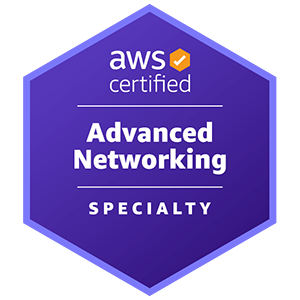



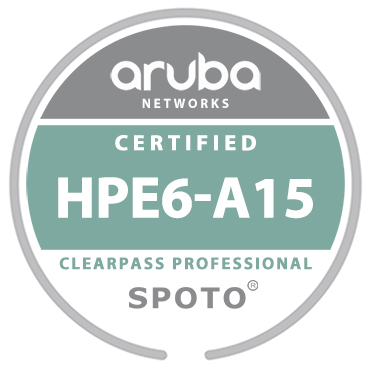
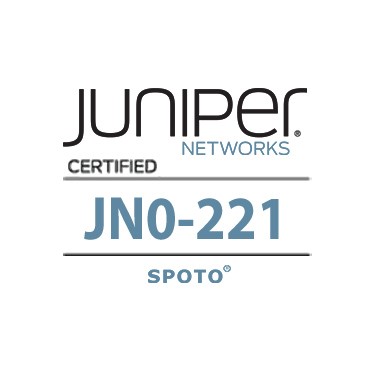
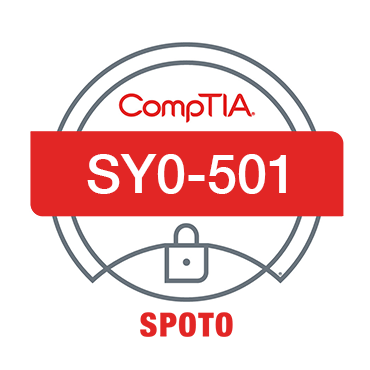
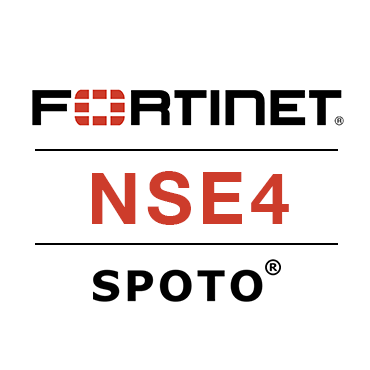




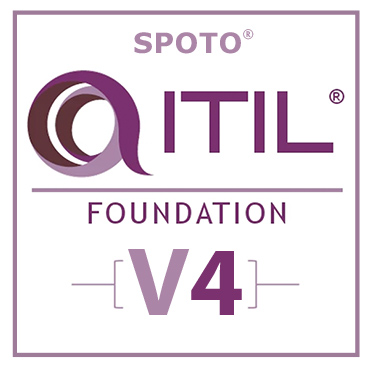






Comments